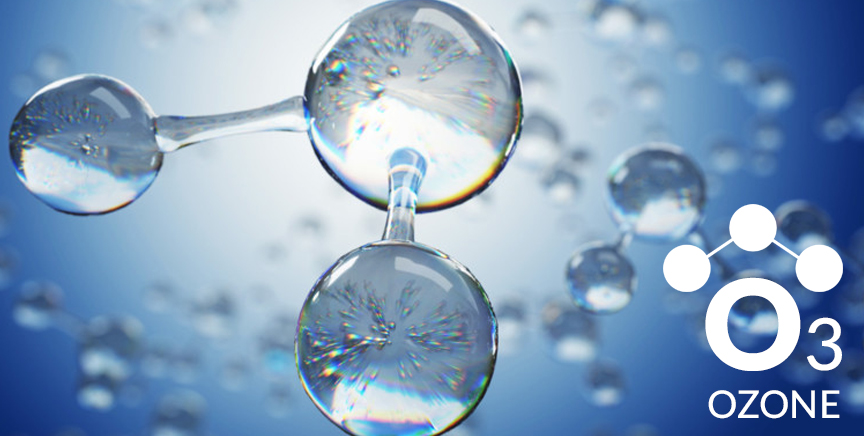IV OZONE
(aka Major Autohemotherapy, Ozone Therapy, Ozone Insufflation, Oxygen Therapy)
*ADMINISTERED BY PHYSICIAN OR NURSE*
Not for medical purposes
Ozone is a gas with three oxygen atoms (O3) in the molecule. The oxygen that we breathe is O2, meaning it has two oxygen atoms in its molecule. The combination of atomic oxygen with O2 produces ozone in the atmosphere. Around the world, ozone is commonly produced for medical/wellness use by ozone generators that pass an electrical charge over oxygen thereby changing O2 to O3.
What does Ozone do inside the body?
Ozone has been shown to be highly germicidal in that it will almost instantly kill virtually all viruses, bacteria, fungi, parasites, molds, etc that are exposed to it. It is known to oxidize just about all manmade chemicals. Ozone has a lot of biological effects. The following is a partial list:
- Increases active oxygen for use within the body
- Cleans arteries and veins
- Improves peripheral circulation
- Reduces inflammation
- Inactivates viruses, bacteria, yeast, fungus, and protozoa
- Purifies the blood and lymph
- Normalizes hormone and enzyme production
- Helps mitigate stroke damage
- Improves brain function and memory
- Oxidizes toxins, allowing their excretion
- Chelates heavy metals
- Improves immune system imbalances
- Decreases allergic reactions
- Scavenges free radicals
- Often used adjunctively for cancer
- Decreases or eliminates pain
- Anti-aging as it enhances mitochondrial function
- Ozone stimulates the production of Tumor Necrosis Factor. Through a complex pathway, TNF marks abnormal cells for destruction.
- Ozone increases antioxidant protection more than any other therapy including Vitamin C. Most people with chronic disease have deficient antioxidant defenses.
- Ozone therapy modulates (or balances) nitric oxide
- Ozone oxidizes arterial plaque. It helps break down the plaque involved in both arteriosclerosis and atherosclerosis. This allows for better tissue oxygenation.
- Ozone increases the flexibility and elasticity of red blood cells. This aids their passage through the tiny vessels and makes the exchange of gas more efficient. The increase in flexibility of the RBC’s allows oxygen levels to stay elevated for days, even weeks after enhancement with ozone.
- Reverses mitochondrial dysfunction


How Does Ozone Work?
• Ozone inactivates of bacteria, viruses, yeast, protozoa, and fungi through oxidation of the microbe’s phospholipids and lipoproteins, disrupting the integrity of the cell envelope. Ozone inhibits certain stages of bacterial cell growth, damages the viral capsid of viruses, and disrupts virus-to-cell contact via peroxidation.
• Enhancement of circulation: Ozone reduces or eliminates red blood cell clumping, optimizes surface area, thus increasing oxygen carrying ability. Tissue oxygenation increases as viscosity decreases. Ozone also oxidizes plaque in arteries, unclogging the blood vessels.
• Oxygen metabolism stimulation: Ozone increases the glycolysis rate of red blood cells, increasing the oxygen released to tissues. Ozone also stimulates the production of enzymes that act as free radical scavengers and cell wall protectors—glutathione peroxidase, catalase, and superoxide dismutase. Ozone enhances the oxidative carboxylation of pyruvate which activates the Krebs cycle, stimulating ATP production. Prostacyclin, a vasodilator, is also induced by ozone.
• Peroxide formation: Ozone forms hydro peroxides by reacting with unsaturated fatty acids of the lipid layer of cell membranes. Lipid peroxidation products include alkoxyl and peroxyl radicals, singlet oxygen, ozonides, carbonides, carbonyls, alkanes and alkenes.
• Dissolution of malignant tumors: Ozone inhibits tumor metabolism through oxidation of the outer lipid layer of malignant cells and lyses (breaks) them down. Phagocytes produce H2O2 and hydroxyl to kill bacteria and viruses. Hydroxyl generation by killer cells is essential to their cytotoxic ability.
• Ozone increases oxygen utilization in heart cells, decreases vasospasm, and helps eliminate vulnerable plaque.
• By virtue of its excellent oxygen delivery ability, ozone is particularly suited for increasing oxygen levels in the brain, especially in the situation of poor blood flow. In fact, most dementias will have a positive response to ozone.
• If ischemic conditions have not already progressed into necrosis, the likelihood of saving a limb is very possible. Ozone is not only effective in restoring oxygen to ischemic tissues, but also antiseptic with the ability to improve chronic and resistant osteomyelitis.
• Aging can be considered a collection of conditions of decreased or poor oxygen utilization and delivery. There is also decreased metabolism and impaired circulation. Ozone is effective with these conditions.
Safety of Ozone
The proper use of ozone is very safe. Ozone enhances the body’s systems by cleaning out waste and providing oxygen. It is a natural modality with high efficacy and nearly zero side effects. In a survey of German ozone therapists, 5,579,238 ozone treatments on 384,775 patients displayed a side effect rate of a mere 0.0007% that were uniformly very minor.
A Brief History of Ozone
Christian Friedrich Schonbein discovered ozone in 1840. Ozone has been used for more than 150 years. Ozone therapy was accepted medicine in the USA from about 1880 until 1932, a period of fifty-two years. Many prominent physicians used ozone to treat a wide variety of medical conditions.
In 1904, a book published on the use of ozonated water and olive oil had the approval of the US Surgeon General.
In 1930, The Journal of The American Medical Association published an article called: “The Therapeutic Use of Oxygen in Coronary Thrombosis”
In 1931, Dr. Otto Warburg wins first Nobel Prize for work proving cancer is caused by a lack of oxygen in the cells. He states in “The Prime Cause and Prevention of Cancer” that the cause of cancer is no longer a mystery; we know it occurs whenever any cell is denied 60% of its oxygen requirements. This occurs through a buildup of toxicity within and around the cell which blocks and then damages the cellular oxygen respiration mechanism.
